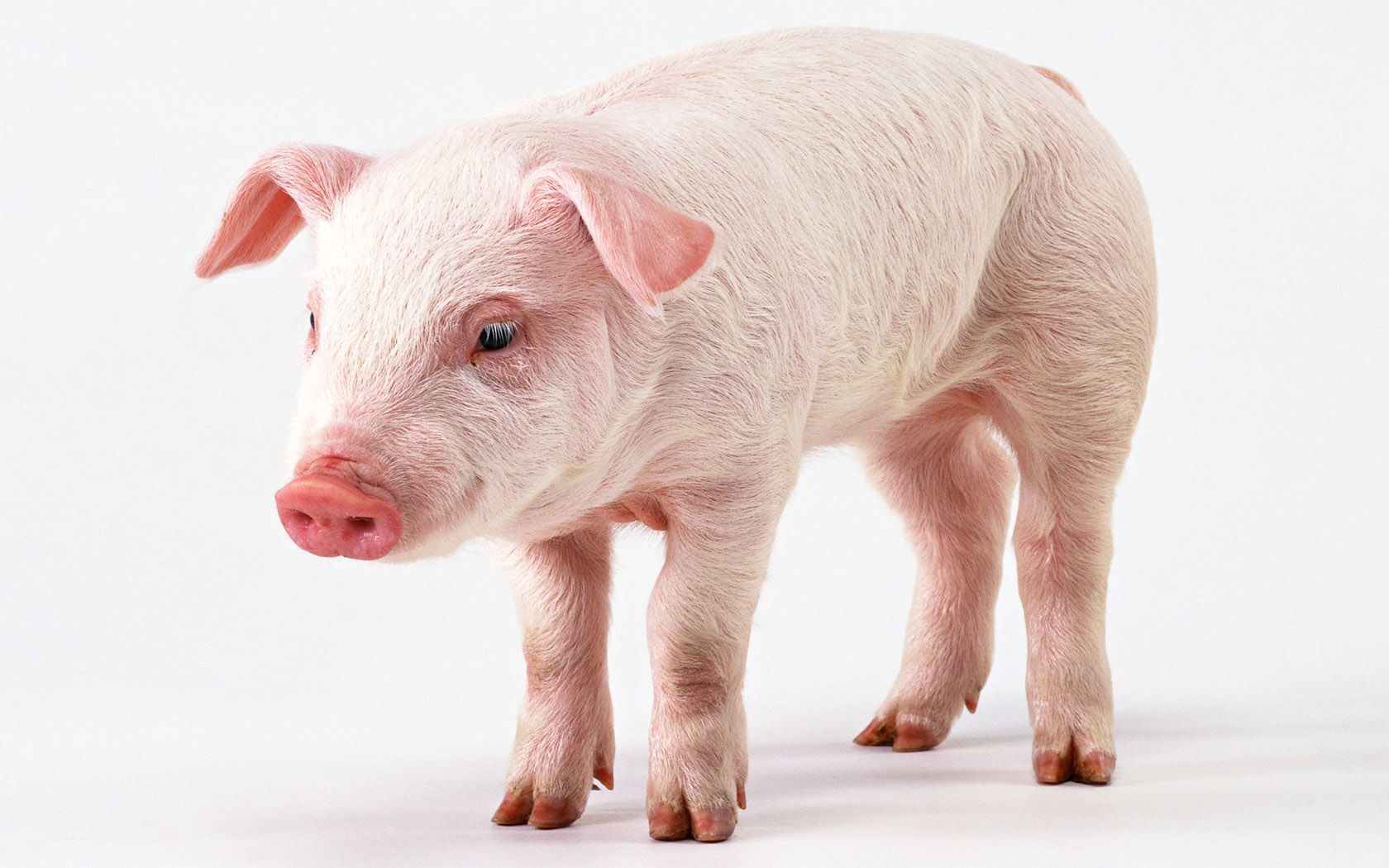Winter disease surge hampers China’s hog production recovery

A surge in hog disease outbreaks this winter in China, the world’s biggest pork producer, will slow the industry’s rapid recovery since the African swine fever contagion three years ago, according to industry participants and analysts
Reuters
China’s pig herd rose 31% in 2020, according to official data, as the industry rebuilt. But more frequent outbreaks of swine fever are occurring in northeast and northern provinces along with a worse-than-usual rise in Porcine epidemic diarrhoea (PED), said a manager at a pig farm supply company.
“The disease challenge right now is bad,” said the manager, who declined to be identified because he is not allowed to talk to media.
“New strains of swine fever, likely caused by use of unapproved vaccines, are causing a chronic but difficult-to-detect form of the disease”The government reports little data on disease outbreaks on Chinese farms but analysts and industry participants note a surge in outbreaks of various diseases. As the world’s biggest pork consumer, Beijing is under pressure to restore its hog supply and lower meat prices that remain at high levels, pushing up inflation and drawing in record imports.
“(African swine fever) never stopped but recently there’s been even more, and more other disease,” said Pan Chenjun, senior analyst at Rabobank in Beijing, referring to outbreaks of foot-and-mouth disease and PED.
“The high price in December was at least partly driven by disease,” she said, as well as rising demand ahead of the Lunar New Year holiday.
That month, live hog prices in northeastern China’s Shandong province, a major pork producer, rose to 36 yuan ($5.57) per kg, the highest since August and about three times prices before African swine fever arrived in 2018. JCI-HOG-SHOUGN
PED is not usually fatal to grown pigs but can kill piglets. It is also more likely to infect young sows without immunity to it, said a veterinarian with a pig producer in southern China currently dealing with PED outbreaks.
That has increased the intensity of this winter’s outbreak because so many new farms, built to replace the swine fever-reduced herds, are stocked with young females that have passed the virus to their offspring, he said.
“It can kill one month of suckling pigs just like that,” he said.
VACCINE VIRUS
New strains of swine fever, likely caused by use of unapproved vaccines, are causing a chronic but difficult-to-detect form of the disease.
This “vaccine virus” and a higher density of pigs this year is also contributing to more African swine fever cases, said Shandong-based Yongyi Consulting in a note last week.
“This time last year it was mostly in the north, while this year the impact of the vaccine virus problem is unusually common in the south. The whole country’s production capacity was damaged in January,” said Yongyi.
The Ministry of Agriculture and Rural Affairs did not respond to a request for comment on an increase in disease recently.
China unusually reported a swine fever case in the southern province of Guangdong province in January, the first confirmed case on a farm since June.
In December, Beijing said its pig and sow herds would fully recover by the first half of 2021 and in November had reached more than 90% of their levels prior to the first swine fever outbreaks.
But rising piglet prices suggests there is a growing shortage, which will hit pork output later this year.
Prices for 6-kg pigs in Shandong have risen from 750 yuan in October to around 1,200 yuan ($185.79) this month, said a manager with a Shandong-based producer who declined to be identified.
Prices reached 1,400 yuan in Jiangsu, a southern province.
“Why is there so much demand? A lot of half-finished pigs went to packing plants because of disease,” he said.
Data compiled by Yongyi shows that 17% of pigs sent to slaughter last week were under 90 kg, below the typical 120 to 140 kg.
“Currently farmers are panic slaughtering and concentrated selling is common,” Yongyi said.
($1 = 6.4590 Chinese yuan renminbi)
Reporting by Dominique Patton; Editing by Christian Schmollinger











